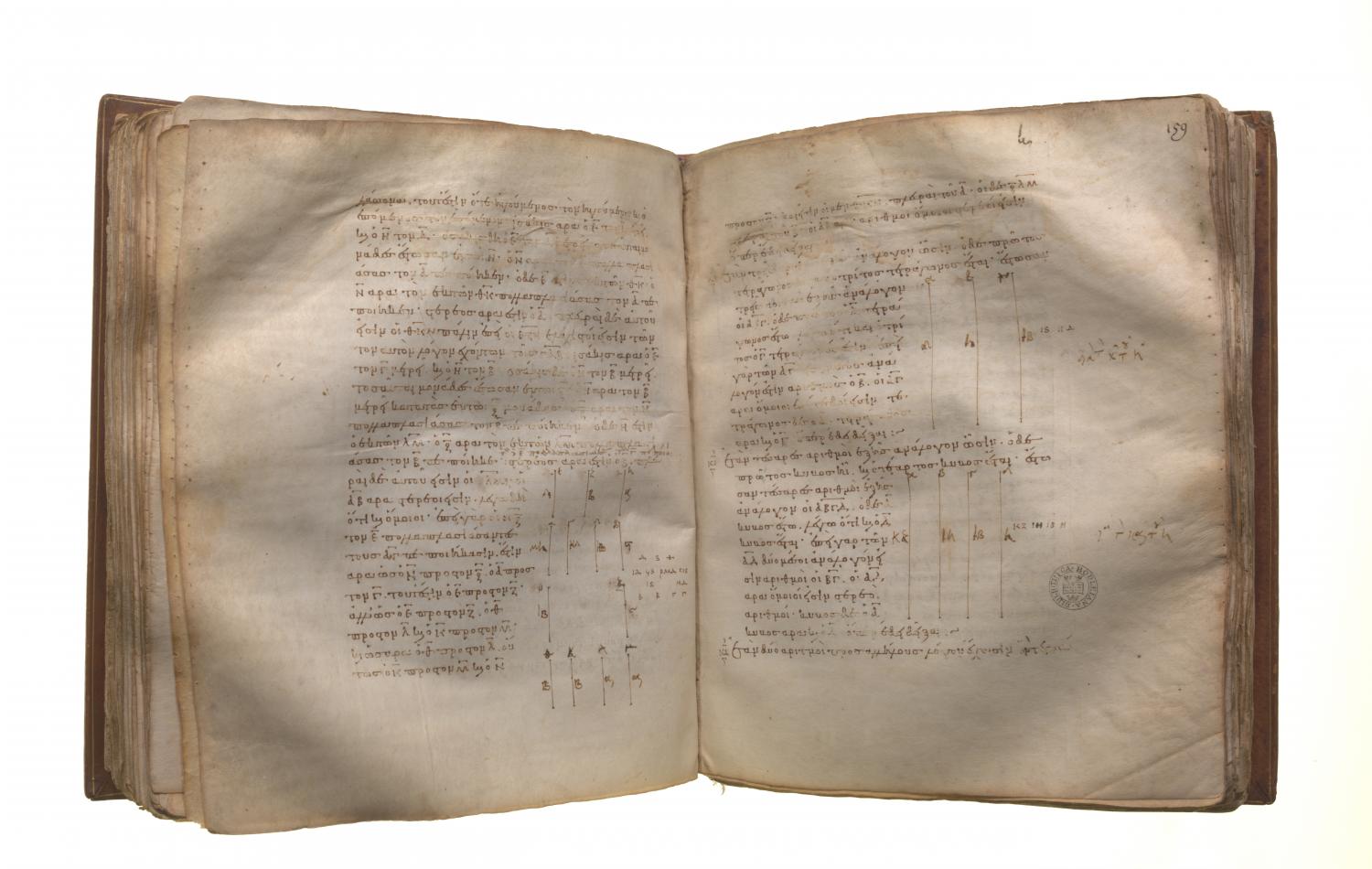Translations
Ἐὰν τρεῖς ἀριθμοὶ ἑξῆς ἀνάλογον ὦσιν, ὁ δὲ πρῶτος τετράγωνος ᾖ, καὶ ὁ τρίτος τετράγωνος ἔσται. Ἔστωσαν τρεῖς ἀριθμοὶ ἑξῆς ἀνάλογον οἱ Α, Β, Γ, ὁ δὲ πρῶτος ὁ Α τετράγωνος ἔστω: λέγω, ὅτι καὶ ὁ τρίτος ὁ Γ τετράγωνός ἐστιν. Ἐπεὶ γὰρ τῶν Α, Γ εἷς μέσος ἀνάλογόν ἐστιν ἀριθμὸς ὁ Β, οἱ Α, Γ ἄρα ὅμοιοι ἐπίπεδοί εἰσιν. τετράγωνος δὲ ὁ Α: τετράγωνος ἄρα καὶ ὁ Γ: ὅπερ ἔδει δεῖξαι.
If three numbers be in continued proportion, and the first be square, the third will also be square. Let A, B, C be three numbers in continued proportion, and let A the first be square; I say that C the third is also square. For, since between A, C there is one mean proportional number, B, therefore A, C are similar plane numbers. [VIII. 20]
